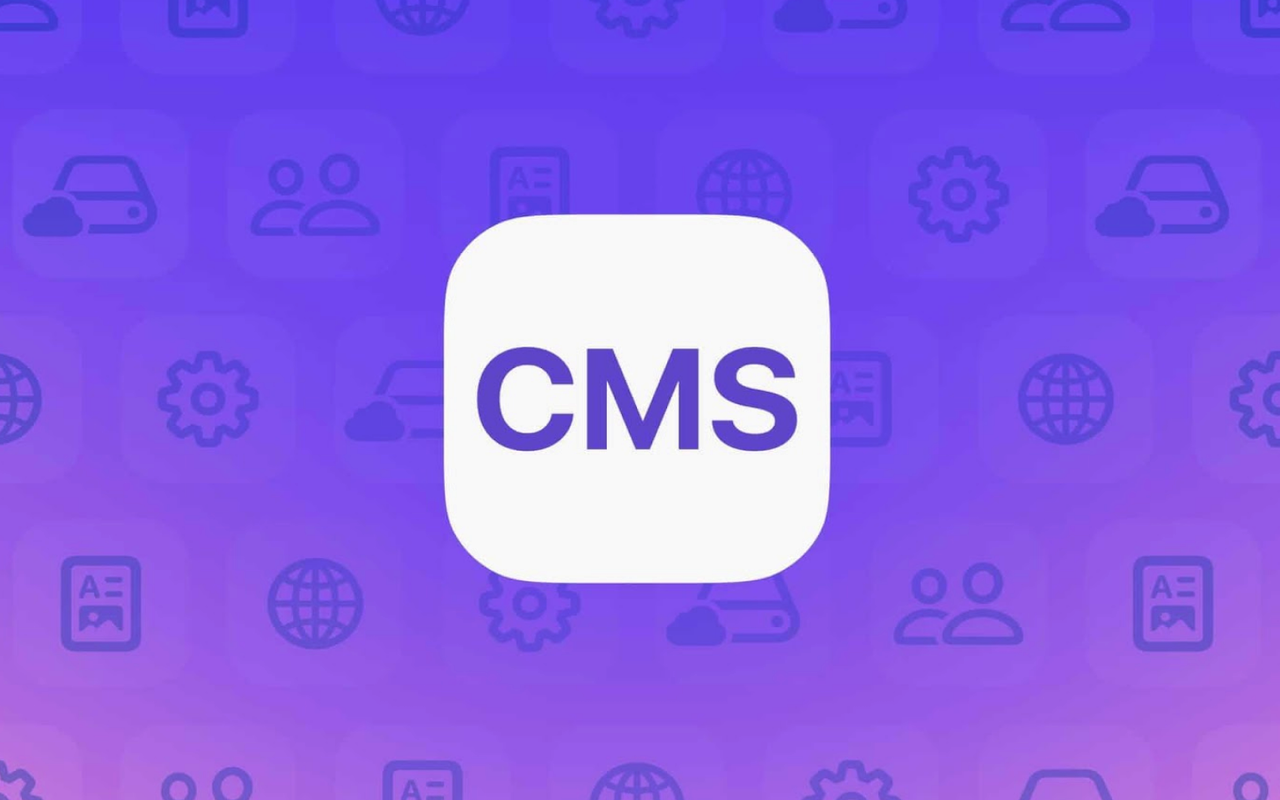
Have you ever thought about why so many new-age websites run so smoothly? Fast loading, code-splitting, and responsiveness for every screen size–these are some common hacks that make websites smooth.
If you’ve ever worked with traditional CMS platforms like WordPress or Joomla, you know they can be full of limitations and complexities. That’s why many modern websites are now turning to headless CMS solutions for greater flexibility and performance.
What Is a Headless CMS?
The word “headless” means “without brain”. In all, a headless CMS is like an application without any proactive control.
So, it allows you to store content like text, images, products, blogs, etc. BBut unlike traditional systems, it doesn’t act like a dictator deciding what to display on websites or applications.
In a traditional CMS like WordPress, the backend (where content is managed) and the frontend (what users see) are tightly connected, leaving little room for flexibility.
In contrast, a headless CMS stands out. It uses APIs to fetch content so it can be placed anywhere on websites, mobile apps, smart TVs, or even voice assistants.
Have you seen Netflix? It replicates this idea, adjusting content seamlessly across every device.
Why Are Developers and Businesses Switching?
For global reach and competition, businesses must scale up and choose an omnichannel approach. Headless CMSs enable businesses to stay ahead of the competition and achieve greater scalability.
Interestingly, it’s not just large corporations that embrace this concept, startups and eCommerce UX designers are equally enthusiastic about it. It enables them to deliver more personalized, device-friendly, and consistently high-quality customer experiences.
According to Storyblok’s 2024 CMS Report, over 74% of respondents who currently use a headless CMS plan to fully transition to headless architecture within the next two years. Its flexibility, performance, and scalability continue to set it apart from traditional systems.
The Pros of Using a Headless CMS
A headless CMS has its own upsides, which are given below:
1. Lightning-Fast Performance
Calling content through APIs ensures faster page loading. This is crucial for staying competitive online, as websites that load in under two seconds perform significantly better. It also helps meet core web vitals and boosts Google ranking factors.
2. Future-Proof Flexibility
Want to launch an app next year or integrate your site with AR shopping? With a headless CMS, you don’t need to rebuild your website. Existing content can be reused across new platforms, saving time and development effort.
3. Enhanced Security
In a headless CMS, the backend and frontend are decoupled, which minimizes vulnerabilities. From a security perspective, this separation makes it harder for hackers to exploit, helping eCommerce sites better protect sensitive customer data.
4. Freedom for UX Designers
E-commerce UX designers enjoy full creative freedom with headless CMSs. Without the constraints of a traditional structure, they can build visually stunning, intuitive interfaces tailored to user needs and brand identity.
5. Multi-Channel Consistency
Headless CMS eliminates the need to resize or recreate layouts for different platforms. Publish once, and your content automatically adapts across websites, apps, or even smart devices—ensuring consistent brand messaging everywhere.
The Cons of Using a Headless CMS
Like benefits, it has some downsides also.
1. Higher Initial Setup Cost
Unlike traditional CMS platforms, headless CMSs require more resources upfront. They function like highly skilled developers and UX designers, powerful but initially expensive. While the setup cost may seem high, the long-term scalability and performance often justify the investment.
2. Complexity for Non-Tech Teams
Traditional CMS like WordPress offer easy drag-and-drop interfaces. In contrast, headless CMS is more complex and not as user-friendly for non-technical teams. They typically require technical knowledge or developer assistance for setup and maintenance.
3. API Management Challenges
APIs are the backbone of a headless CMS, but managing them can be tricky. The system often depends on professional web developers for setup, updates, and troubleshooting. If an API breaks or slows down, it can affect how quickly content is displayed or updated across channels.
4. No Built-in Frontend
Headless CMS does not come with a built-in frontend. Developers must create one from scratch using frameworks like React or Next.js. While this provides complete design freedom, it also adds extra development work and responsibility.
Headless CMS for E-Commerce UX Designers
Consider it from the perspective of e-commerce; UX design is everything. It must be faster, more intuitive, and more consistent than traditional websites if your goal is to drive exceptional sales.
In essence, these CMS enable e-commerce UX designers to:
- Design faster and even more responsive online experiences
- Try bespoke UI components without backend interference
- Embed personalized content, features, recommendations, or AI-based search features.
- Mobile-first optimization is required if you want to attract maximum traffic online.
In short, it’s the perfect tool for those who want speed and creativity, minus the CMS drag.
Overall, this is ideally perfect for those who want a creative and more impressive website without drag-and-drop features.
Is It Worth It?
For businesses that depend on design flexibility, omnichannel reach, and scalability, headless CMSs are a worthwhile investment. However, for startups or smaller projects seeking simplicity and cost-effectiveness, traditional CMS platforms may be the better option.
Conclusion
The future of web development clearly leans toward API-driven applications and headless CMS architectures. E-commerce UX designers, full-stack developers, and marketers alike recognize that flexibility and presentation often justify the investment.
Is it overhyped? Maybe, maybe not. But one thing is certain, the growing demand for mobile-friendly web design and seamless e-commerce experiences continues to push headless CMSs into the mainstream.
Share this post
Leave a comment
All comments are moderated. Spammy and bot submitted comments are deleted. Please submit the comments that are helpful to others, and we'll approve your comments. A comment that includes outbound link will only be approved if the content is relevant to the topic, and has some value to our readers.

Comments (0)
No comment